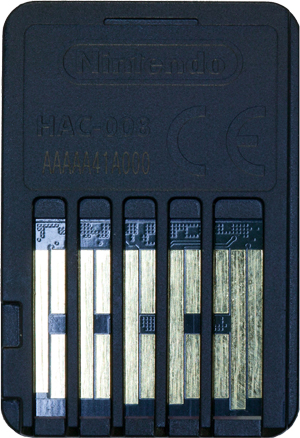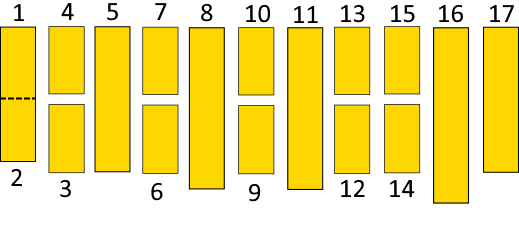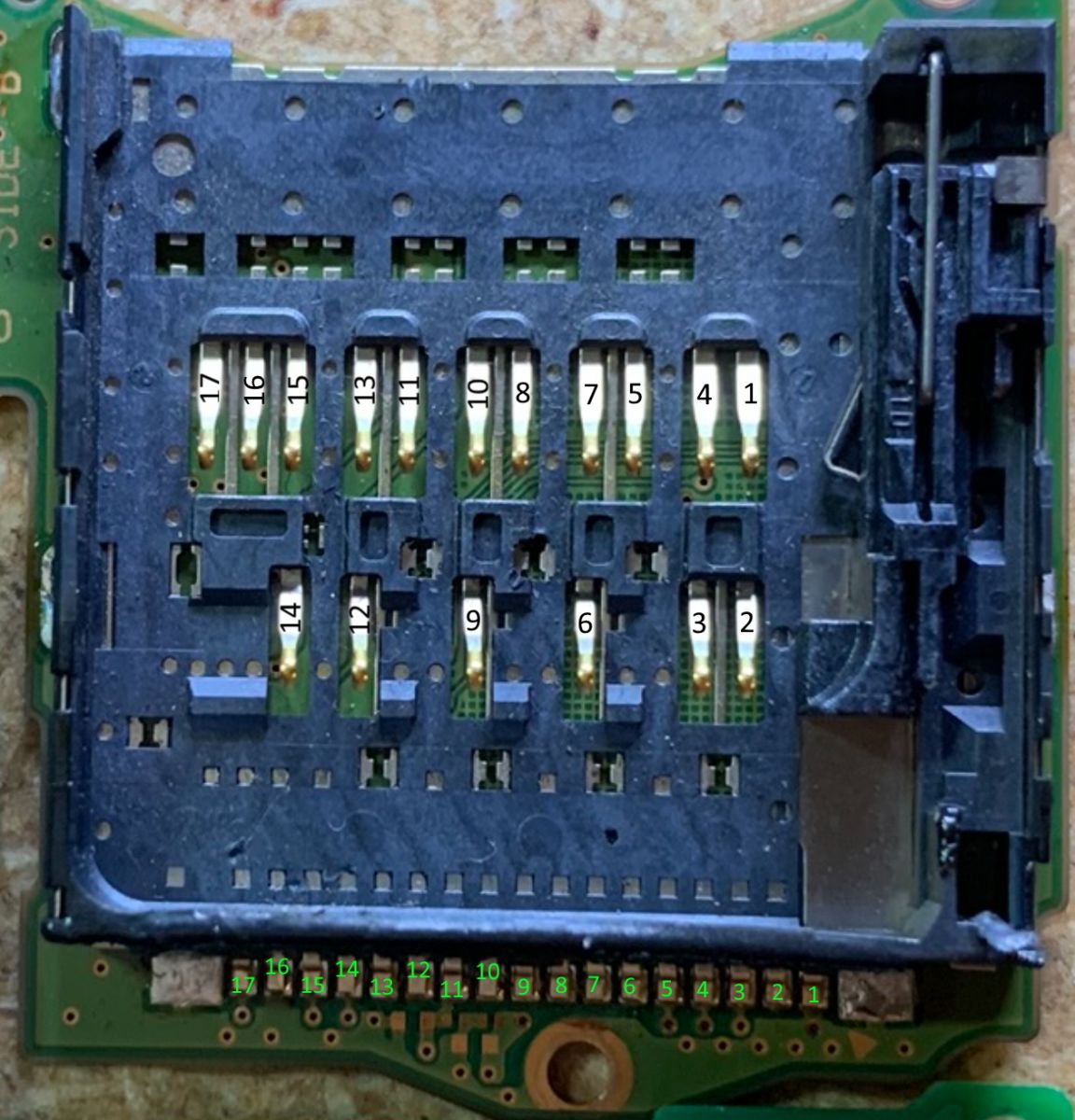Even if Nintendo decides to make a non-portable version of the Switch... what kind of niche would that fill for them? As it is, they already have the budget model (Lite), standard model (V2), and premium model (OLED). And even if the Lite can't dock to a TV, all three still stick to the basic idea of allowing home console gaming on-the-go. No matter which one you buy, you can "Play anytime, anywhere, with anyone." I'd assume they'd want to repeat that setup with the Switch NG.
A "Switch Home" would break that idea, even if it could feasibly be an extra-budget model if they just pulled a PS Vita TV and made a microconsole that they can sell with a pair of Joy-Con and a pack-in title for $100-150. I wouldn't rule it out necessarily, but it would mess with branding too much. And making it more powerful doesn't feel like a option on any level, since that's not only a performance profile that no other version of the Switch would be able to make use of, but it would be weird brand messaging for the best performing version of the device to be incapable of the entire hardware line's main selling point of portable play.
And let’s face it, their consoles haven’t been as successful overall compared to their handhelds, and especially these days, what purpose does it serve to continue down that road again?
For the sake of argument, let’s do some averages between their consoles vs. handhelds.
Consoles:
NES - 61.91 million
SNES - 49.10 million
N64 - 32.93 million
GCN - 21.74 million
Wii - 101.63 million
Wii U - 13.56 million
Handhelds
Game & Watch - 43.4 million
GB/GBC - 118.69 million
GBA - 81.51 million
DS - 154.02 million
3DS - 75.94 million
Now let’s take their combined totals.
All Consoles: 280.87 million
All Handhelds: 473.56 million
Average for Consoles: 46.81 million
Average for Handhelds: 94.71 million
Let’s take it a step further though, and remove the two lowest selling systems for consoles, and handheld, and recalculate.
Total Consoles: 267.31 million
Total Handhelds: 430.16 million
Take those, and our new averages are:
Avg Consoles: 53.46 million
Avg Handheld: 107.54 million
Now how about this then. They’ve made six consoles prior to Switch, but only five handhelds. So let’s assume they only made 5 consoles, same as Handhelds, but made six handhelds, and calculate the original figures again
Avg Console (assuming five systems): 56.17 million
Avg Handhelds (assuming six handhelds): 78.92 million
No matter how you slice it (and there are other ways to calculate some median numbers here), their handhelds have vastly overall been more successful than their consoles. We’re talking a 2:1 difference in lifetime sales. You can very much argue some aspects of the data I’m sure, plus the fact that Nintendo has practically a monopoly when it comes to gaming-based handhelds, compared to stiff competition with their consoles.
At the same time though, it’s been proven over time their handhelds have stood the test of time even in the face of competition from Sega, and Sony, the latter being the most successful of the two competitors, yet still could not topple Nintendo.
The Switch is really a best of both worlds system, and even for me is difficult to admit sometimes considering I was totally against the idea of a single hybrid console.
@Goodtwin for example knows me long enough that I had doubts this hybrid system would end up successful.
Ultimately, I feel Nintendo would be doing themselves a disservice going back to one handheld, and one console, plus the fanbase for that matter. Just my take on it.
EDIT:
Just to add to it, let’s remove the highest selling platforms of each, and recalculate again:
Consoles: 179.24 million
Handhelds: 319.54 million
Avg Console: 35.48 million
Avg Handheld: 79.88 million.
Still 2:1, actually 2.2:1, so it fairs worse in this scenario.
Yeah. Handhelds for Nintendo just sell better. Simple as that.





